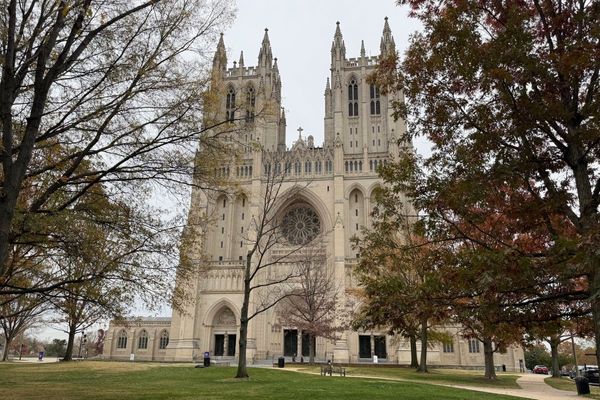This week, search out the northern constellation of Auriga, the charioteer. It was first listed in Ptolemy’s second-century compendium The Almagest, making it one of the oldest constellations.
Although often overshadowed by its neighbours, Orion and Taurus, Auriga contains the sixth brightest star in the night sky, Capella. Locate this first, and then trace the rest of the constellation. The chart shows the view from London facing south, and looking high up in the sky, towards the zenith.
In Greek mythology, the constellation is sometimes associated with Phaethon, the son of Helios. Phaethon is said to have persuaded his father to let him drive the chariot containing the sun for a single day. He was so reckless, however, that the chariot careened first too close then too far away from Earth. Eventually, Zeus killed Phaethon with a thunderbolt to restore normality but the damage was done. The story was used to explain why some parts of the world were too cold, and other parts too hot for human habitation.
From the UK, Auriga is visible all year round. It can also be seen from the southern hemisphere at this time of year. For example, from Sydney, Australia, the constellation is low in the north in the mid-evening sky.







